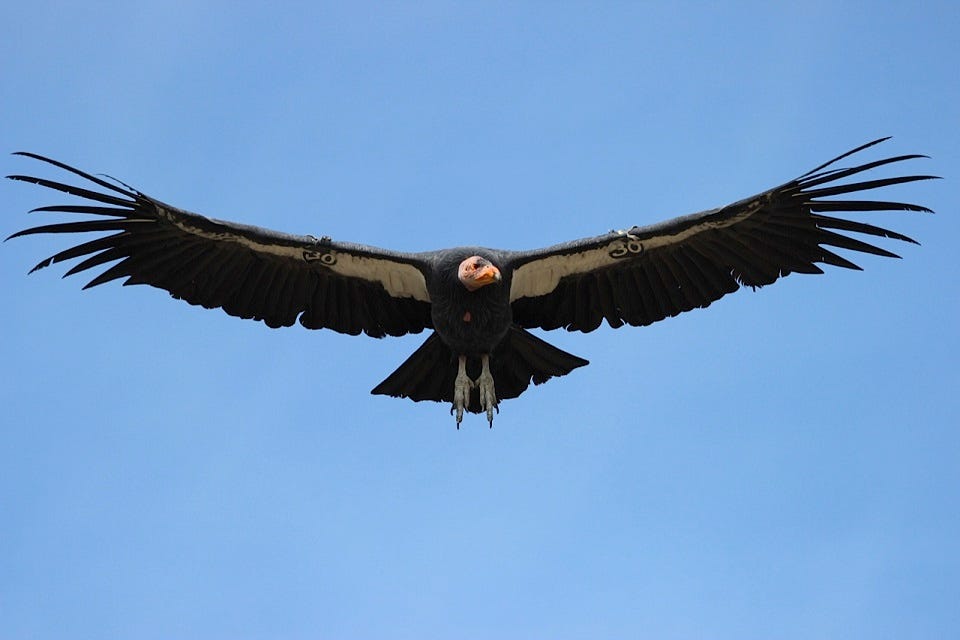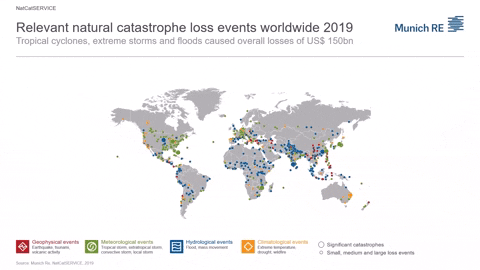Avian flu is killing endangered California condors at alarming rate

By Dinah Voyles Pulver
12 April 2023
(USA TODAY) – The avian influenza stalking wild and domestic bird flocks across the country has killed at least six endangered California condors since March and is suspected of killing another dozen.
The U.S. Fish and Wildlife Service said Wednesday it’s now attributing all condor deaths in the Arizona-Utah wild flying population to suspected cases of the virus. The deaths represent 15% of the region’s condor population.
Observers with The Peregrine Fund first saw a sick condor in northern Arizona on March 9, the U.S. Fish and Wildlife Service said. The condor was found dead under her nest 11 days later, and testing confirmed she was positive for the highly contagious flu.
Since then, 17 condors have died and five others are “receiving supporting care” and being tested, the wildlife service said.
The highly contagious avian flu, H5N1, has affected more than 58 million birds in domestic poultry populations and wild flocks across the U.S. and continues to spread, federal officials report.
The spread of avian flu
The Centers for Disease Control and Prevention says bird flu primarily strikes animals, but it has been detected in at least four human cases in the United States. An 11-year-old girl died of the flu in Cambodia in late February.
Since January 2022, 11 cases of H5N1 have been reported in people. The first 10 were exposed to poultry. Investigation into how the 11th person, a patient in Chile, was infected is ongoing, the Centers for Disease Control and Prevention said on March 30.
Symptoms include eye redness, flulike upper respiratory symptoms that range from mild to severe, fever and body aches.
As of March 10, the H5N1 virus had been detected in wild birds or poultry in 16 countries in Latin America and the Caribbean and in “most of the rest of the world,” according to the CDC.
H5N1 has exploded across the U.S. since its first detection here in wild birds in January 2022. The virus has been documented in every state but Hawaii and across every Canadian province.
Other species affected
Millions of chickens and other domestic fowl have been euthanized and the virus has been detected in more than 140 bird species.
The virus has:
- Spread to 17 species of wildlife in 22 states, including 60 red fox, 16 harbor seals and 14 striped skunks.
- Been documented in more than 777 outbreaks.
- Resulted in 4,672 reports in wild birds.
- A study in March concluded bald eagle nest failures were piling up at “an alarming rate” as the adults die after contracting the highly contagious flu from other birds. [more]
Avian flu is killing endangered California condors at alarming rate, federal data suggests


